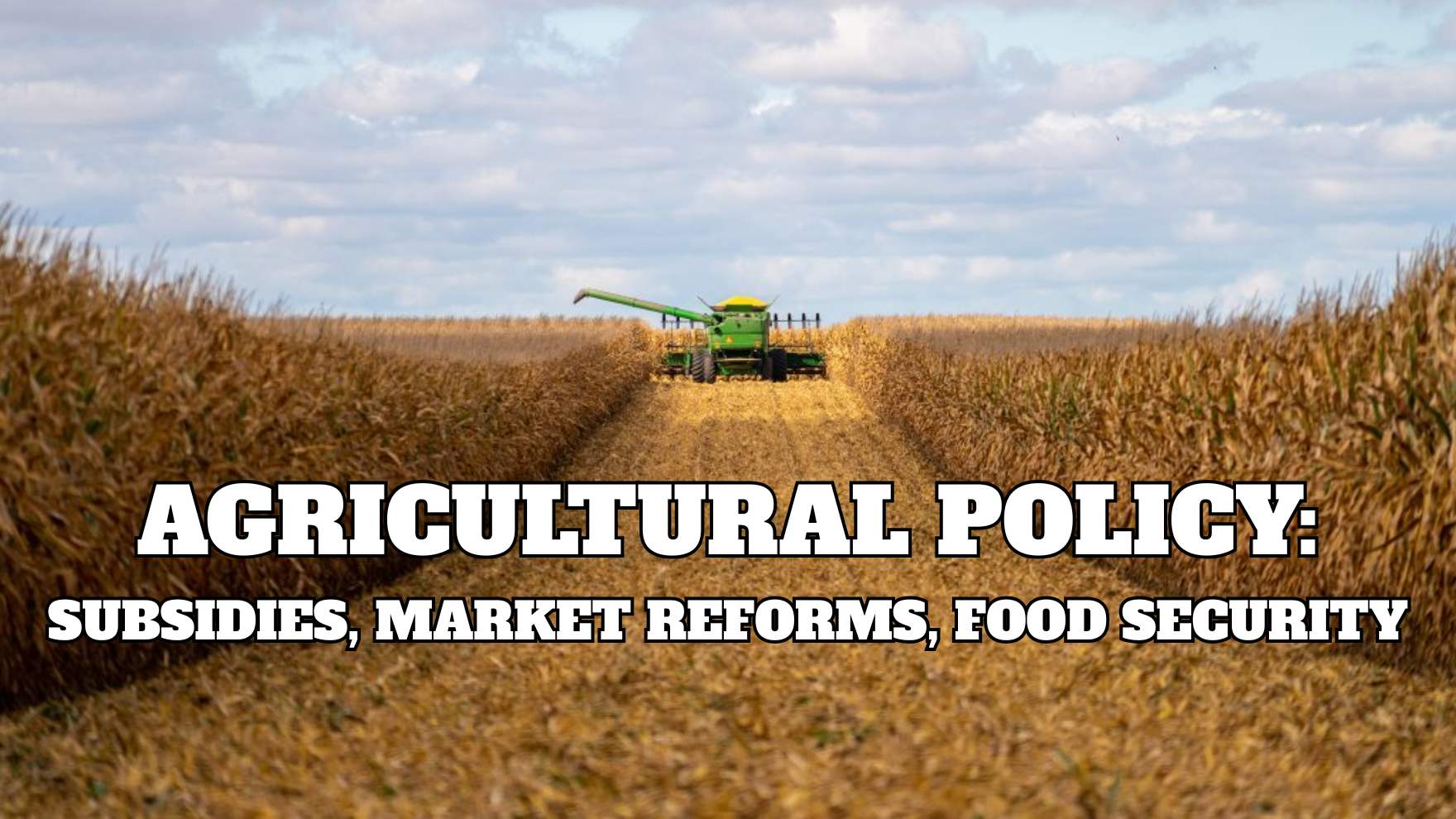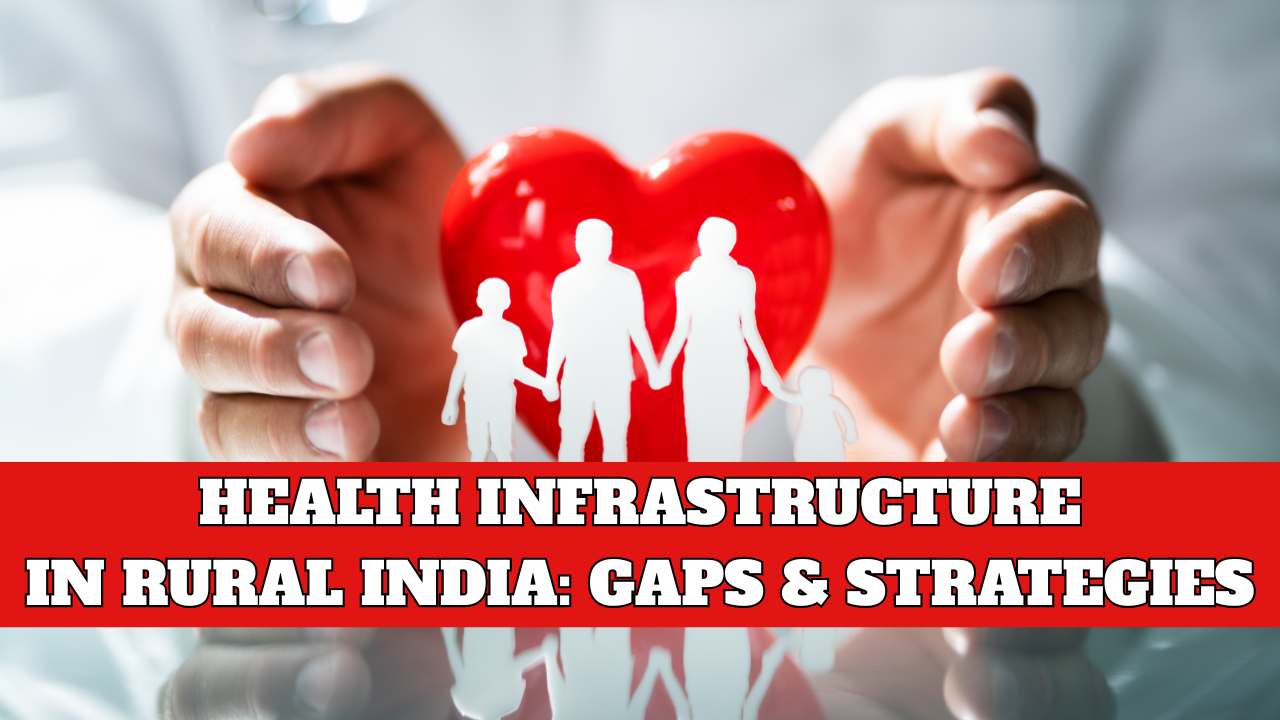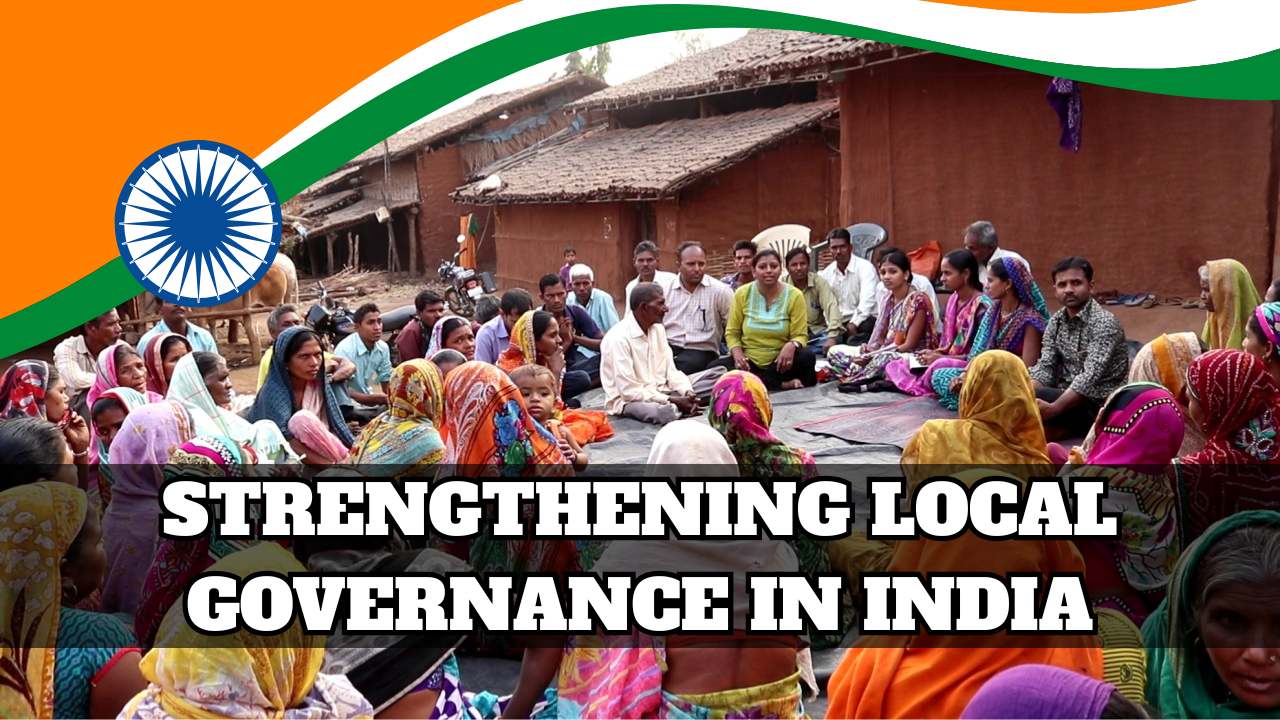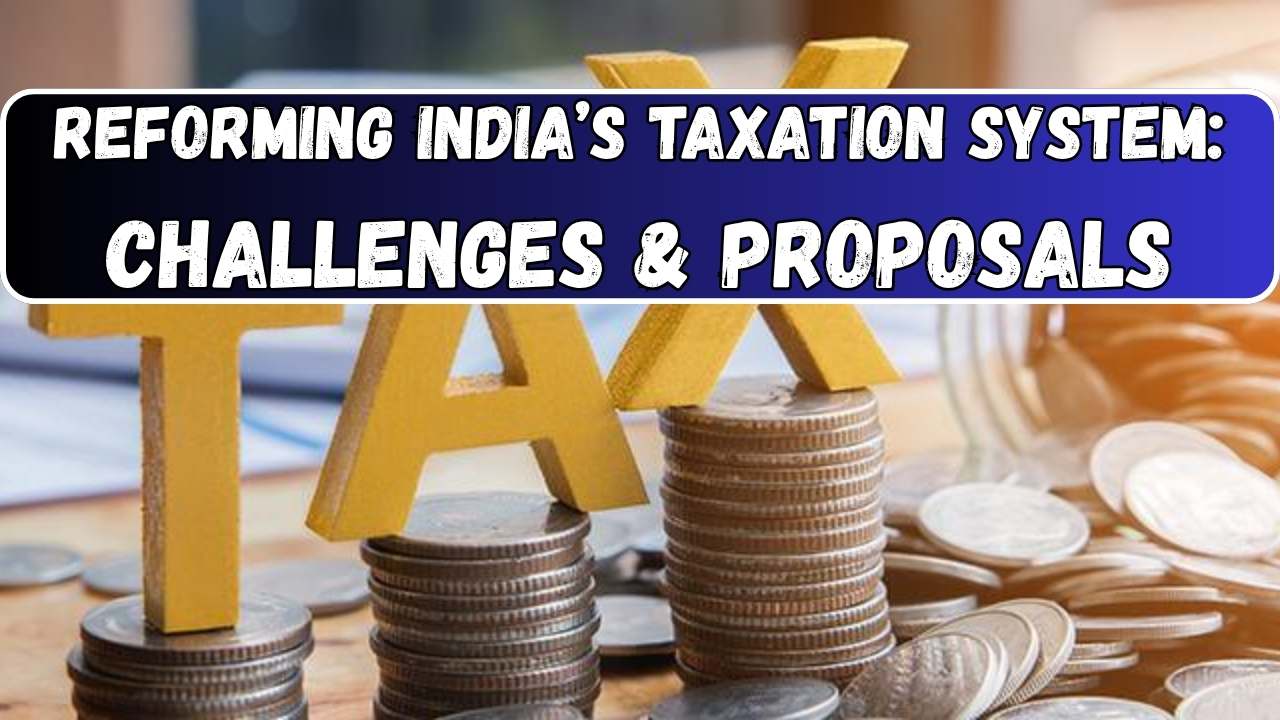Agriculture is the backbone of India’s economy. Agriculture helps in producing food, supporting jobs and contribution to the nation’s income. Agriculture Policy in India is a set of plans and actions that are provided by the Government to support farmers so that the crop production improves and agriculture sustains for a long period. The main idea is to help farmers to earn a stable income and provide enough food for the country’s population. The policy focuses on increasing productivity via using better seeds, modern equipment and modern farming techniques.
Agricultural Policy of India
In India, the Government ensures that the farmers get fair prices for their crops through MSP, agricultural markets. The Government encourages eco-friendly practices, water conservation, crop rotation and lowering dependence on chemical fertilizers to protect the environment. The Government under the Agricultural Policy of India provides subsidies on fertilizers, electricity for irrigation and low interest loans to lower the farmers’ cost related to agriculture. In 2000, the Government made a National Agriculture Policy Document to attain a growth rate of over 4% per annum. In India, there is also a policy related to the prices of agricultural products and this policy is known as Agricultural Price Policy.

National Agricultural Policy, India – Key Highlights
| Name of the Policy | Agricultural Policy of India |
| Country Name | India |
| Implemented By | Ministry of Agriculture & Farmers Welfare |
| Main Food Security Chains | PDS, Mid Day Meal, ICDS Scheme |
| Purpose | To Create transparent and competitive agricultural market |
| Target Audience | Farmers, Students, Researchers |
| Category of the Post | News |
| Official Web Portal | agriwelfare.gov.in |
Agricultural Subsidies In India & Its Types
Agricultural subsidies in India are the financial support provided by the Government to help farmers to lower the cost, increase the production.
1. Direct Benefit Transfer: DBT subsidies are cash transfers that are directly provided to farmers bank accounts. The examples include PM KISAN that offers Rs. 6000 per annum, Rythu Bandhu scheme in Telangana.
2. Input Subsidies: These types of subsidies lowers the cost of essential farming inputs:
- Fertilizer Subsidy: This subsidy lowers down the cost of fertilisers such as urea, DAP and NBS.
- Seed Subsidy: Under this, the seeds are offered to farmers at subsidised rate.
- Power Subsidy: For irrigation, the Government provides free or subsidized electricity to farmers. In Punjab, there is free electricity for tubewell irrigation.
- Irrigation Subsidy: To conserve water, the Government under the PMKSY offers irrigation subsidy and this offers upto 55% support for sprinkler systems.
3. Output Subsidies: These types of subsidies support farmers after production. In India, there is a minimum support price for 22 crops that pays a fair compensation to the farmers.
4. Infrastructure + Post Harvest Subsidies: These are provided after the production and harvesting of the crops. These include Warehouse and cold storage subsidies where the crops are stored at subsidized rates.
5. Credit + Insurance Subsidies: Sometimes due to natural disasters, the crops of farmers get spoiled and to protect the farmers various institutions offer insurance schemes such as PM Fasal Bima Yojana. Also, sometimes farmers need financial support for production and then they can apply for credit under the Interest Subvention scheme that offers lower subsidized interest rates.
Food Security In India
Food Security means that every person in India has access to enough safe and nutritious food for a healthy life. It is not just about producing enough food but it also involves availability of food, access to the food and absorption of food. In India, food security is supported by laws and policies such as the National Food Security Act and this act guarantees legal access to subsidized food for eligible citizens. To implement this Food security, there are various Food security programs in India and these are:
- Public Distribution System
- Mid Day Meal Scheme
- Integrated Child Development Service Scheme
The PDS System provides essential food grains at affordable prices to low income families. The Mid Day Meal scheme in India ensures that children get nutritious meals in schools. The ICDS Scheme focuses on nutrition for young children and mothers.
Agricultural Market Reforms In India
India’s agricultural markets have been reformed to improve farmer income and market efficiency. Traditionally, farmers sold agricultural products through local mandis with many intermediaries and this limits profit. Reforms to the Agricultural Market allows direct sales with lesser intermediaries, promotion of FPOs and participation in digital platforms. Contract farming in India guaranteed prices. Investments in storage and cold chains have strengthened the supply chain and lowered the post harvest losses.
FAQs Related To National Agricultural Policy of India
What are Agricultural Subsidies In India?
Agricultural Subsidies are the financial support benefits to lower the cost of farming.
What ensures Food Security In India?
Schemes like PDS, ICDS, Mid Day Meal in India ensure Food security.
Who implements the Agricultural Policy in India?
The Ministry of Agriculture and Farmers Welfare implements the Agricultural Policy in India.
What are the main objectives of Agriculture Market Reforms in India?
The main objectives of Agriculture Market Reforms in India are to create a transparent market system, promote private investment in storage and ensure farmers get fair prices for their crops.






